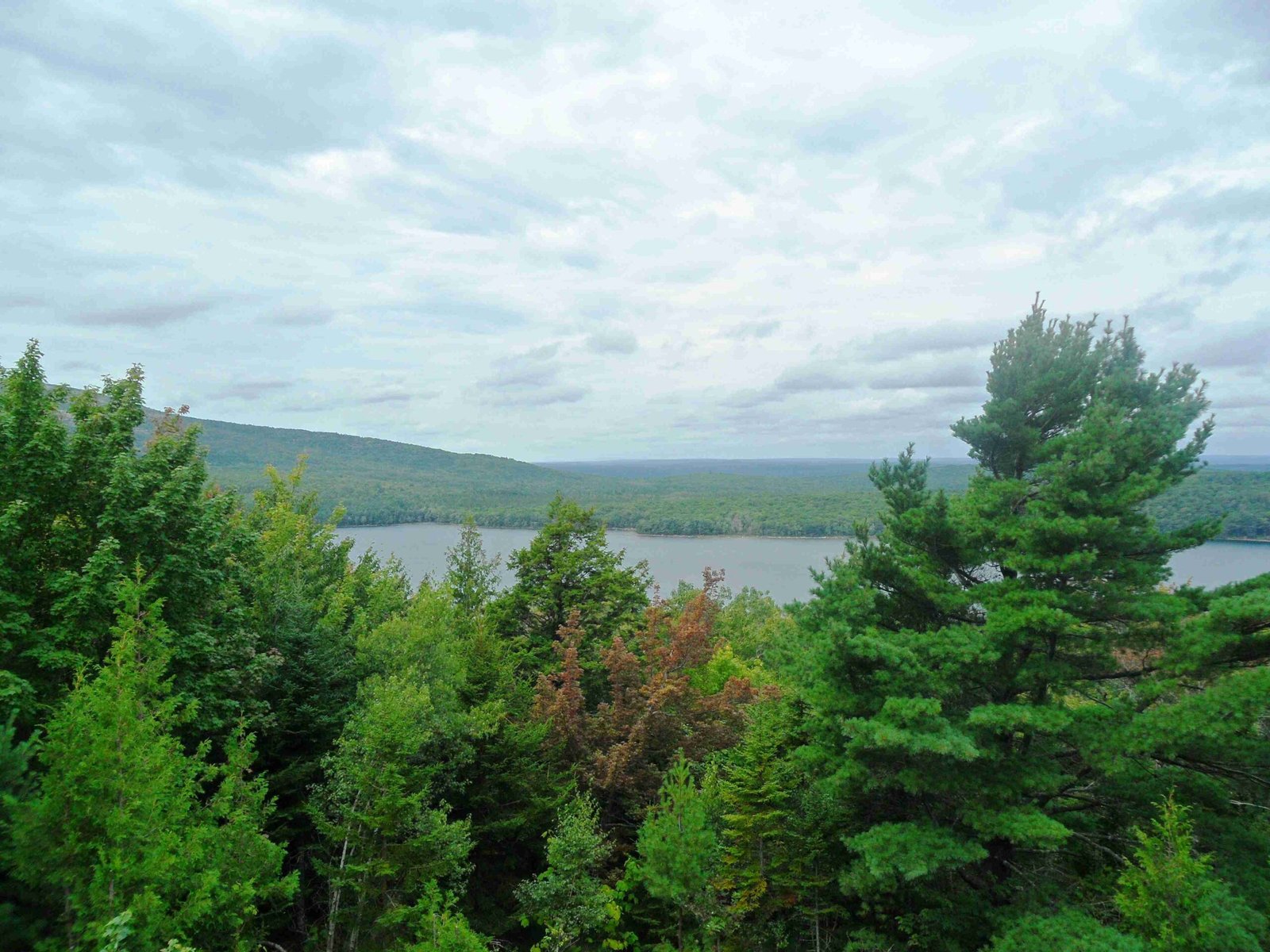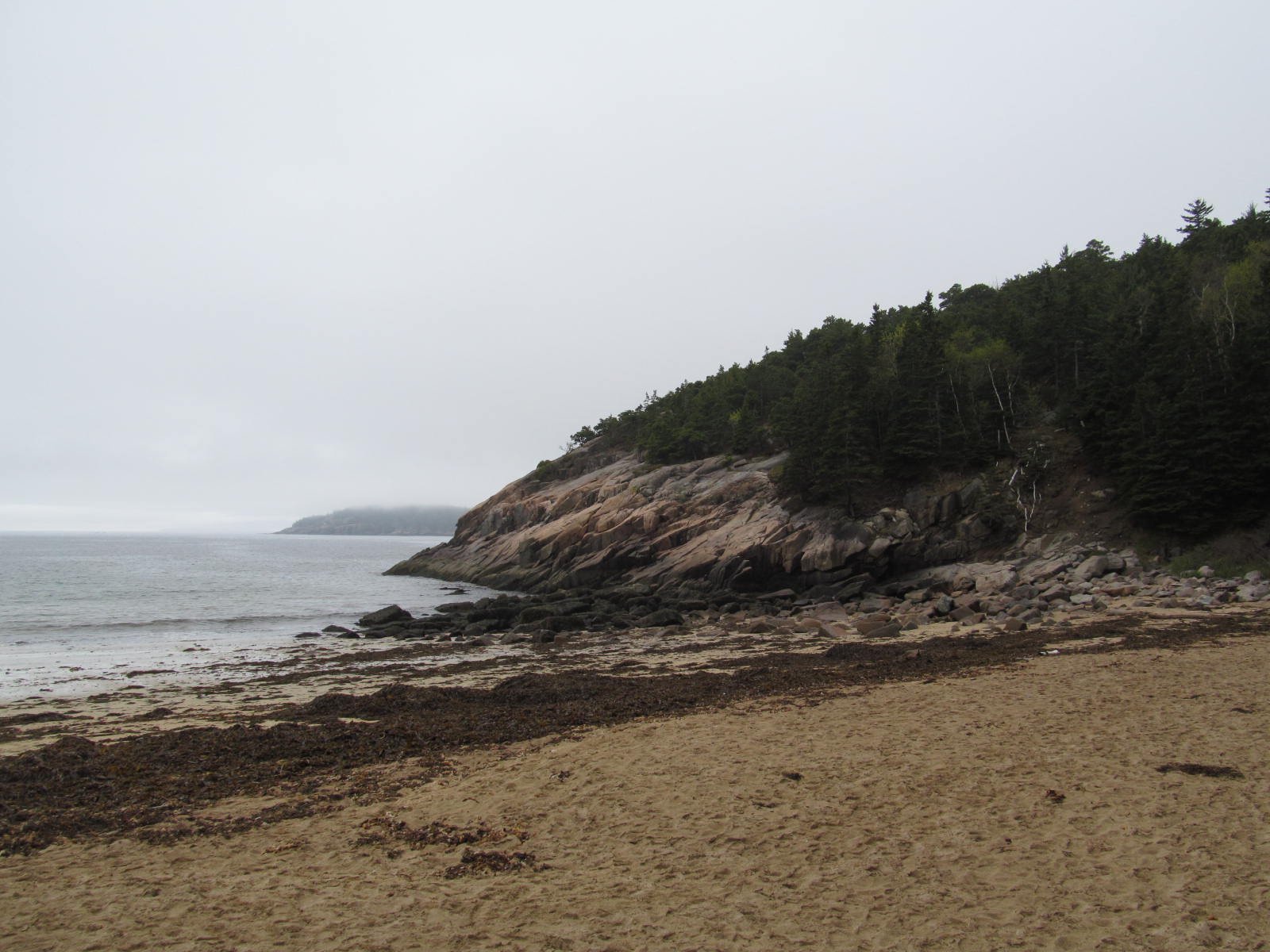Acadia National Park was established to preserve the natural beauty and unique landscapes of Mount Desert Island in Maine. The park’s creation was driven by conservation efforts, the desire for public access to nature, and the preservation of historical significance. Key figures like George B. Dorr and John D. Rockefeller Jr. played crucial roles in its establishment, leading to its official designation as a national park in 1929.
What Were the Key Motivations Behind Acadia’s Establishment?

The establishment of Acadia National Park was rooted in several key objectives:
- Conservation of Natural Beauty: Preserving the diverse ecosystems of Mount Desert Island, including its forests, lakes, and coastlines.
- Public Access: Creating a space for public enjoyment and recreation.
- Historical Preservation: Protecting the area’s rich history, from Native American heritage to European settlement.
How Did the Park’s Creation Unfold?

The journey to Acadia’s establishment was marked by several significant milestones:
- 1901: Formation of the Hancock County Trustees of Public Reservations
- 1916: Designation of Sieur de Monts National Monument by President Woodrow Wilson
- 1919: Renaming to Lafayette National Park
- 1929: Official designation as Acadia National Park
Who Were the Key Figures in Acadia’s Establishment?
Several influential individuals played crucial roles in the park’s creation:
| Name | Role | Contribution |
|---|---|---|
| George B. Dorr | “Father of Acadia National Park” | Led conservation efforts and land acquisition |
| Charles Eliot | Landscape Architect | Supported the park’s concept and design |
| John D. Rockefeller Jr. | Philanthropist | Developed carriage roads and supported conservation |
What Makes Acadia’s Establishment Unique in Conservation History?
Acadia National Park holds several distinctions in conservation history:
- First national park created from private lands gifted to the public
- First national park east of the Mississippi River
- Only national park in the Northeastern United States at the time of its establishment
How Has Acadia Impacted Local Ecosystems and Communities?
The establishment of Acadia National Park has had far-reaching effects:
- Ecosystem Protection: Preservation of diverse habitats and species
- Community Involvement: Engagement of local residents in conservation efforts
- Economic Impact: Support for local economies through tourism and recreation
What Specific Conservation Initiatives Were Implemented?
Acadia’s conservation efforts have been diverse and ongoing:
- Carriage Road System: Over 50 miles of roads and 17 granite bridges for public access
- Boundary Extensions: Expansion to include areas like Schoodic Peninsula
- Rehabilitation Projects: Ongoing maintenance of infrastructure and natural resources
- Wildfire Recovery: Reconstruction efforts following the 1947 wildfires
How Has Legislation Shaped Acadia’s Development?
Key legislative actions have guided Acadia’s evolution:
- Presidential Proclamation 1339 (1916): Established Sieur de Monts National Monument
- Act of February 26, 1919: Renamed to Lafayette National Park
- Act of January 19, 1929: Officially designated as Acadia National Park and expanded boundaries
What Challenges Has Acadia Faced Since Its Establishment?
Despite its protected status, Acadia has faced various challenges:
- Natural Disasters: The 1947 wildfires devastated large portions of the park
- Increased Visitation: Managing growing tourist numbers while preserving natural habitats
- Climate Change: Adapting conservation strategies to address changing environmental conditions
How Has Acadia’s Establishment Influenced Modern Conservation Efforts?
Acadia’s creation has had lasting impacts on conservation:
- Set a precedent for private land donations for public use
- Demonstrated the importance of preserving both natural and cultural heritage
- Inspired community-based conservation efforts, such as the Friends of Acadia organization
What Ongoing Conservation Efforts Exist at Acadia Today?
Conservation work at Acadia continues to evolve:
- Habitat Restoration: Ongoing projects to maintain and restore native ecosystems
- Visitor Management: Implementing strategies to balance public access with resource protection
- Scientific Research: Conducting studies on climate change impacts and biodiversity
- Educational Programs: Offering opportunities for public engagement and environmental education
The establishment of Acadia National Park represents a pivotal moment in American conservation history. Its creation, driven by the vision of dedicated individuals and supported by legislative action, has ensured the preservation of a unique natural and cultural landscape for generations to come. As Acadia faces new challenges in the 21st century, the park’s establishment serves as a reminder of the enduring importance of conservation efforts and public stewardship of natural resources.
References:
1. Enabling Legislation – Acadia National Park
2. Timeline: The History of Acadia National Park
3. Acadia National Park – Wikipedia

